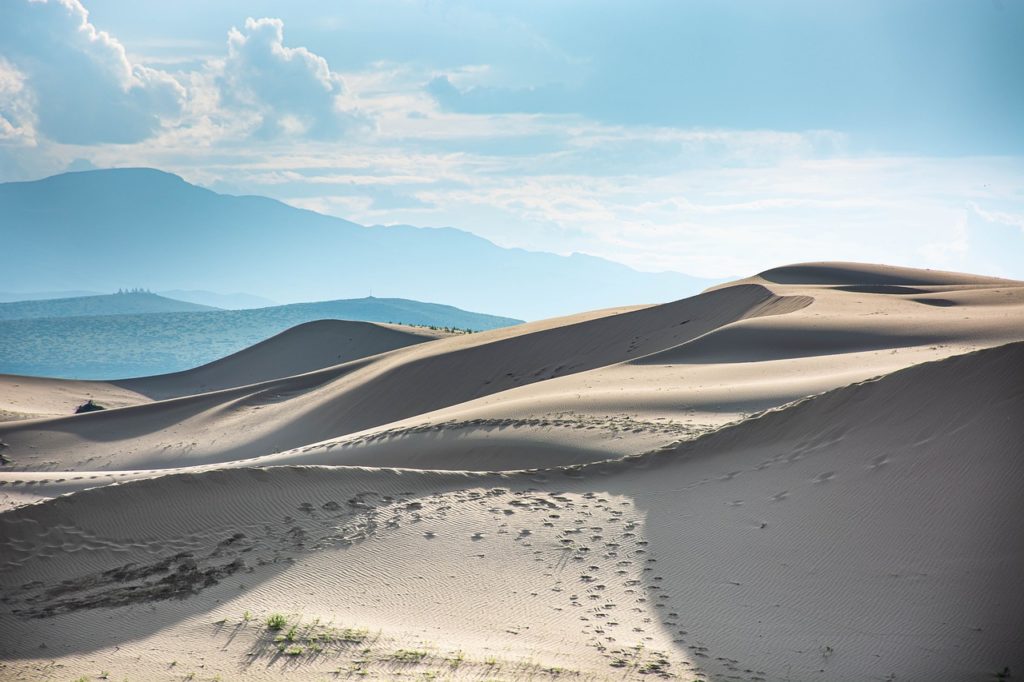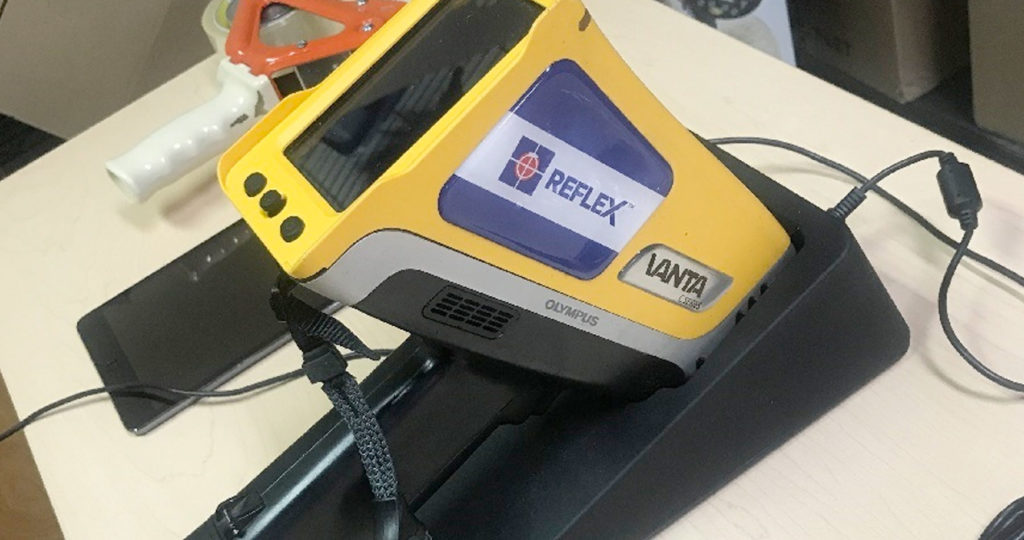Post Category : Method & Theory
Call for Papers: Rocky Mountain Anthropological Conference
The Rocky Mountain Anthropological Conference is meeting in Canmore, Alberta September 21 to 24.
Tree Time’s Kurtis Blaikie-Birkigt is organizing a session:
“Current research on the Eastern Slopes”

Historically, the eastern slopes and foothills of the Canadian Rockies have been treated as a peripheral region, either the fringe of the northwest plains and boreal subarctic, or a wilderness frontier between the plains and the central interior of British Columbia. Recent academic and consulting work in the eastern slopes is identifying the region as an important area for understanding precontact occupation from the earliest peopling of the Americas to the historic past. This session will bring together recent research on eastern slopes travel and trade, resource use, site distribution and land-use patterns, local cultural adaptations, and intra-regional variation.
If you’re interested in participating in this session, please email Kurtis@treetime.ca, or submit an abstract to the conference website: http://rmac2017.org/home.html



